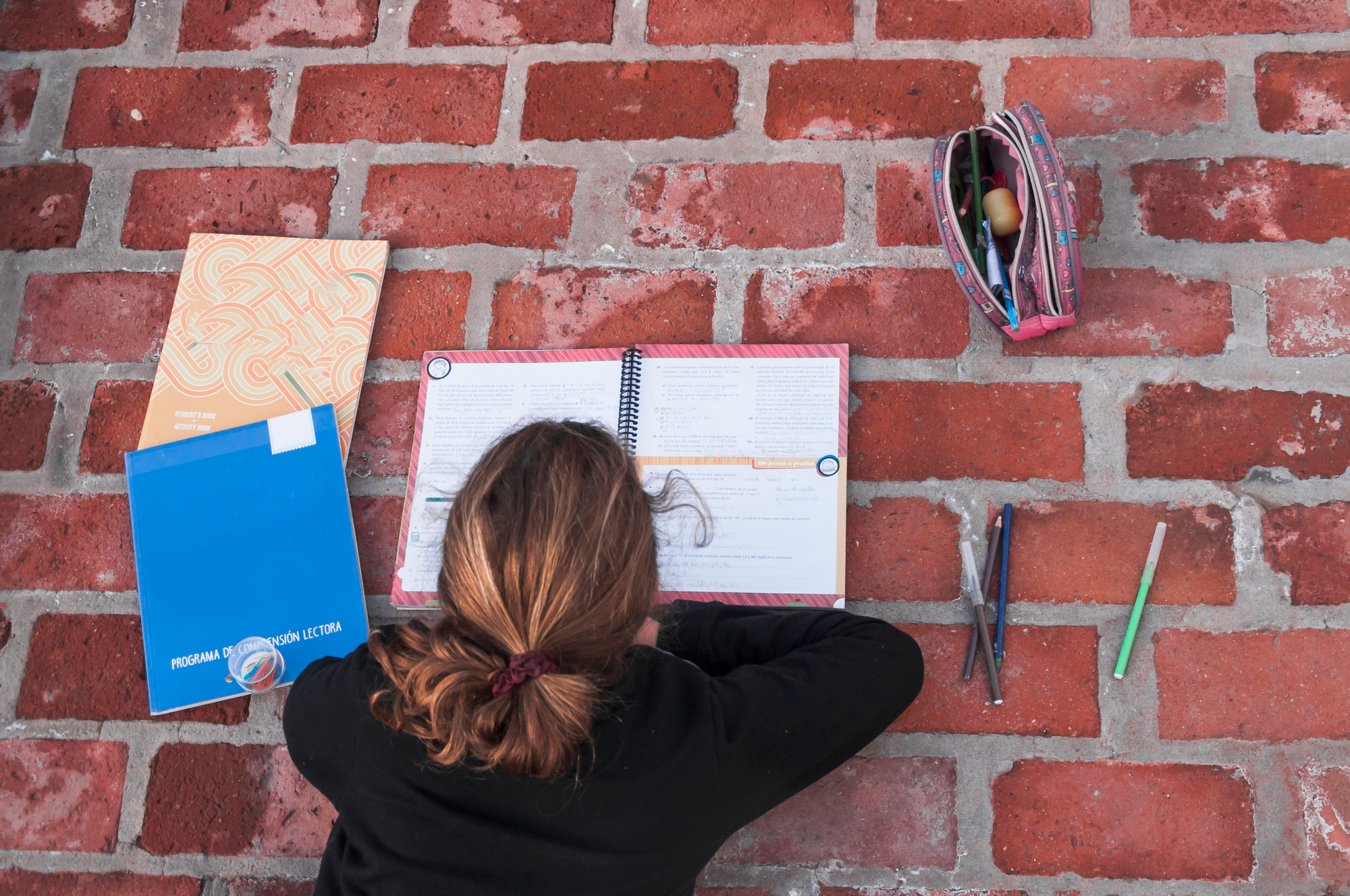The Silent Influence of School Architecture on Student Motivation Alongside Math
School architecture and its design have a silent but powerful impact on student motivation. For students in Grades 8 to 10, the way classrooms, corridors, and learning spaces are structured can influence how engaged they are, especially in challenging subjects like math. The physical environment sets the tone for learning, and thoughtful architecture can boost focus, participation, and curiosity. Understanding the role of school architecture in student motivation helps parents, teachers, and principals create environments that foster academic and emotional growth.
How School Architecture Shapes Student Motivation
The impact of school architecture on student motivation goes beyond aesthetics. Elements such as lighting, seating, and classroom layout can either enhance learning or create subtle barriers. Well-designed schools improve concentration, encourage problem solving, and support collaboration in subjects like math.
- Bright and naturally lit classrooms improve mood and focus.
- Flexible seating encourages participation in math activities.
- Organized spaces reduce stress and anxiety during challenging lessons.
- Interactive zones stimulate curiosity and critical thinking.
Research from Edutopia shows that schools with thoughtful architecture see higher levels of engagement and motivation among students.
Key Architectural Features that Boost Student Motivation
Lighting and Ventilation to Enhance Student Engagement
Natural lighting and proper ventilation are crucial components of school architecture that motivates students. Classrooms that are bright and airy help students stay alert and reduce fatigue, especially during intensive math lessons.
Flexible Classroom Layout for Improved Learning
Classroom layouts influence how students interact and learn. Arrangements that allow for group work, discussions, and teacher-student engagement encourage participation. This design approach reinforces the positive effects of school architecture on student motivation.
Colors and Decor that Inspire Focus
Soft and stimulating colors such as blue, green, and yellow promote a positive learning atmosphere. Thoughtful decor can prevent disengagement and subtly motivate students to participate more actively in class activities.
Noise Management to Maintain Concentration
Proper noise control ensures students remain focused. Soundproofing, classroom positioning, and soft furnishings all contribute to a learning environment that supports concentration and motivation, particularly in math.
Accessible Learning Resources to Encourage Engagement
Libraries, math labs, and resource corners should be easily accessible. When students can explore resources comfortably, it reinforces the benefits of school architecture on student motivation and learning culture.
The Direct Influence of School Architecture on Math Learning
Math learning benefits significantly from thoughtfully designed spaces. Classrooms that promote focus, collaboration, and access to resources allow students to:
- Concentrate on solving problems effectively.
- Participate in hands-on math activities and interactive lessons.
- Collaborate with peers for better understanding.
- Engage with math resources like interactive boards and manipulatives.
Studies highlighted by Science Direct confirm that students in well-designed math classrooms demonstrate higher conceptual understanding and motivation.
Strategies for Schools to Enhance Student Motivation Through Architecture
Prioritizing Comfort and Ergonomics
Ergonomic furniture improves student focus and motivation. Comfortable seating supports engagement in math lessons and group activities.
Interactive Elements and Visual Learning
Whiteboards, math corners, and interactive screens encourage students to participate actively. These elements integrate the benefits of school architecture and student motivation into daily learning.
Open Spaces for Collaboration
Open corridors, breakout zones, and outdoor learning areas provide opportunities for collaboration and social interaction, which enhance motivation and engagement in academic tasks.
Personalized Learning Corners
Designated self-study areas allow students to take ownership of their learning journey. Personalization increases motivation and encourages independent exploration, especially in complex subjects like math.

Sustainability and Student Well Being
Green classrooms, natural ventilation, and eco-friendly designs contribute to student well being. Studies show that sustainable architecture improves attention span, reduces stress, and supports a positive learning environment.
Practical Recommendations for Schools
- Evaluate classroom layouts for flexibility and collaborative potential.
- Maximize natural light and ventilation in learning spaces.
- Use colors and decor that stimulate focus and engagement.
- Integrate math labs and interactive learning corners.
- Implement noise control and quiet zones for concentration.
- Ensure easy access to libraries and learning resources.
- Create outdoor learning areas for group activities and exploration.
Conclusion
The design of school architecture quietly but powerfully affects student motivation. Thoughtful spaces enhance focus, engagement, and collaboration, particularly in math. Parents, teachers, and principals who understand the impact of school architecture on student motivation can create environments that nurture both academic and emotional growth.



